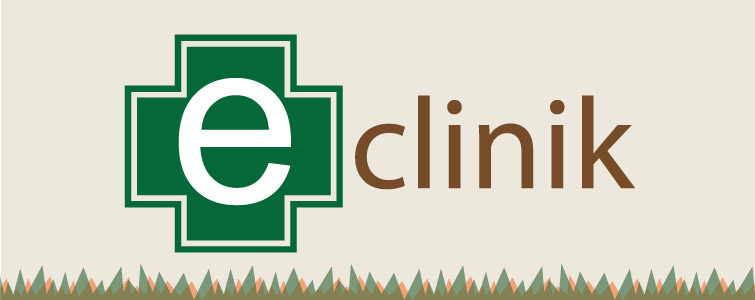Botanical
Botanical Termiticides
Botanical control of termites control of termites is a burning issue of the present era as this process involves green management of this destructive pest aiming least adverse effect on environment. Various phytochemicals and secondary metabolites, viz. alkaloid, terpenoids, unsaturated isobutylamide etc possess toxic or repellent effect on termites. Pretreatment of wooden house building materials such as wooden frames, pillars, logs, timbers etc by anti termite herbals and local application of those in termite affected sites yielded good result in India but their application and persistence in soil treatment against subterranean termite attack to buildings need for research.
In this aspect, frequently mentioned plant species are: whole plant of Aak (Calotropis spp.), leaves of Arusha (Adhatoda vasica), roots of Nagali (Eleusine coracana Gaertn.), and leaves of Nafatiya (Ipomoea fistulosa Mart. ex Choisy.), mahua timber, tobacco sticks and rootlets, Cactus latex/milk Euphorbia neriifolia L., Neem (Azadirachta indica A.Juss.), Karanj, kheemp (Leptadenia pyrotechnica (Forssk.) Decne.), Kharsadi (Euphorbia tirucalli L.), asafoetida (Hing) (Fernulla narthex Boiss.); Argemone mexicana L., Aloe barbadensis Mill., Lippia alba (Mill.) N.E.Br. ex Britton & P.Wilson., Maha neem (Melia azedarach L.), tulsi (Ocimum basilicum L.), Cassia stamea L., castor (Ricinus communis L.) seeds, etc.
Extracts of Cannabis sativus, Datura alba, Curcuma amada, Ricinus communis and Asafoetida were reported as effective against termites. Even though botanicals were a bit less effective than chemicals, but they are safe for environment, bio degradable and non toxic. The plant extract have better opportunity to be exploited as new wood preservatives to protect wooden structures. In the ancient Vadakkumnathan temple of Thrissur, Kerala; termite damage was prominent in the wooden crafts and other timber in service which could be managed by using a mixture of locally available phyto-based products and oils (total eight ingredients) which showed good result. The temple was honoured with UNESCO Asia-Pacific Heritage Award for Cultural Heritage Conservation for the year of 2015 (interested persons can reffer to the link given for further details: http://timesofindia.indiatimes.com/city/kochi/Extraordinary-renovation-effort-wins-UNESCO-award-for-Vadakkumnathan-Temple/articleshow/48974572.cms).
Termiticidal effect and utility of CNSL-neem preservatives in conservation of jack wood sculptures in Kerala temple
Latest in a research communication in Current Science (doi: 10.18520/cs/v112/i03/615-618) anti-termite properties of cashew nut shell liquid (CNSL) was detailed for conservation of an ancient archaeological monument in Kerala, Sri Vishnu temple, Kadavallur in Thrissur. Neem gum with anti-bacterial qualities and CNSL organic extract containing anti-termite and anti-fungal preservative properties are found quite suitable for conservation and preservation of said sculptures. The active ingredient in organic preservative CNSL was analyzed using HPLC and UV spectra revealing the presence of monoene, diene and triene in anachardic acid. The preservative CNSL, reported to enhance aesthetic appeal of the jack wood sculptures. CNSL-coated jack wood had lower moisture absorption in addition. This method of conservation and consolidation is suitable to sculptures in such typical warm and humid conditions.
We can take lead in making anti-termite measures for wooden artifacts, sculptures and such structures.
M. P. Sujith, L. Rajeswari, T. Sreelakhmi1 and E. V. Anoop 2017. Conservation of jack wood (Artocarpus heterophyllus Lamk.) sculptures in an ancient temple in Kerala, South India: identification of heritage wood samples, neem gum–cashew nut shell liquid application in consolidation and preservation. Current Science, 112 (3): 615-618.
doi: 10.18520/cs/v112/i03/615-618
For more information, please visit the link:
http://www.currentscience.ac.in/Volumes/112/03/0615.pdf
Total Visit: 02014877


